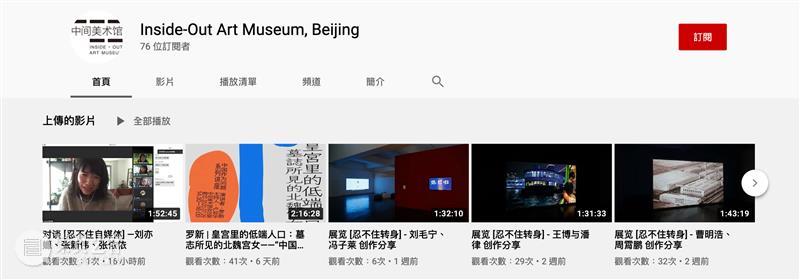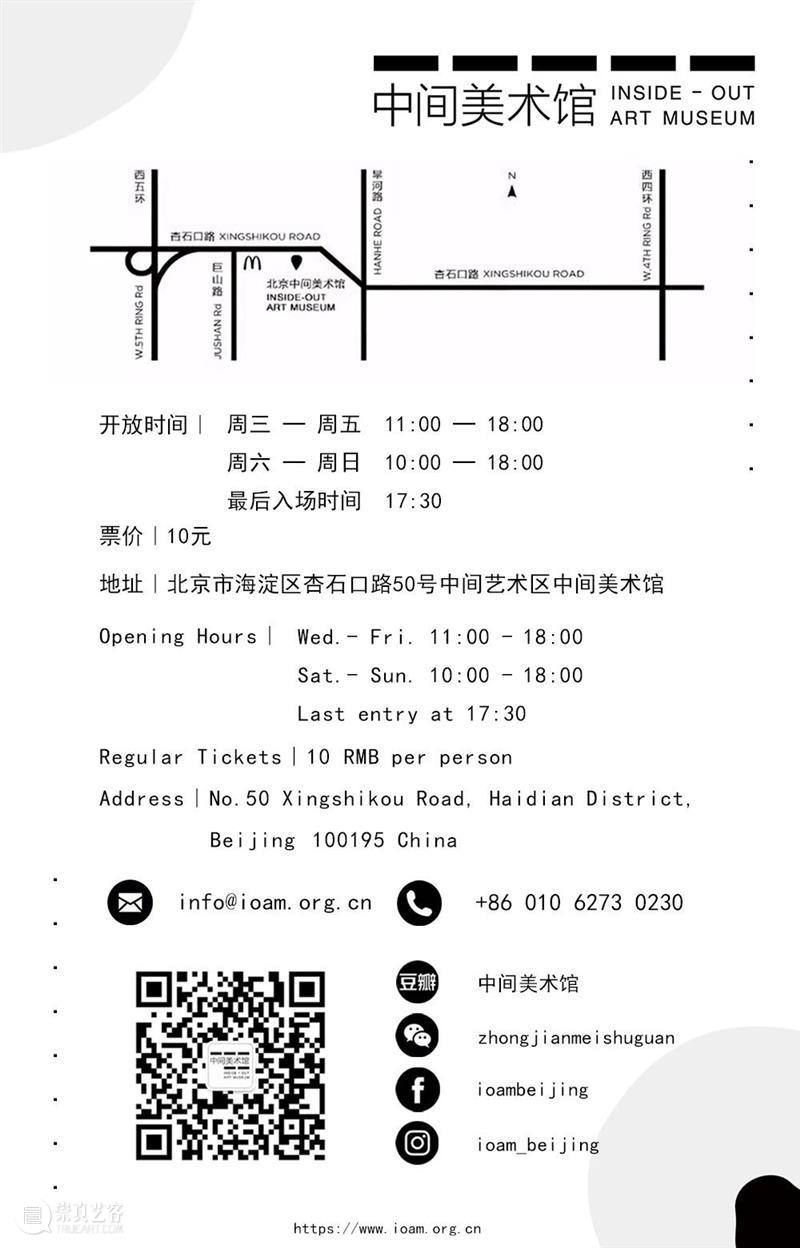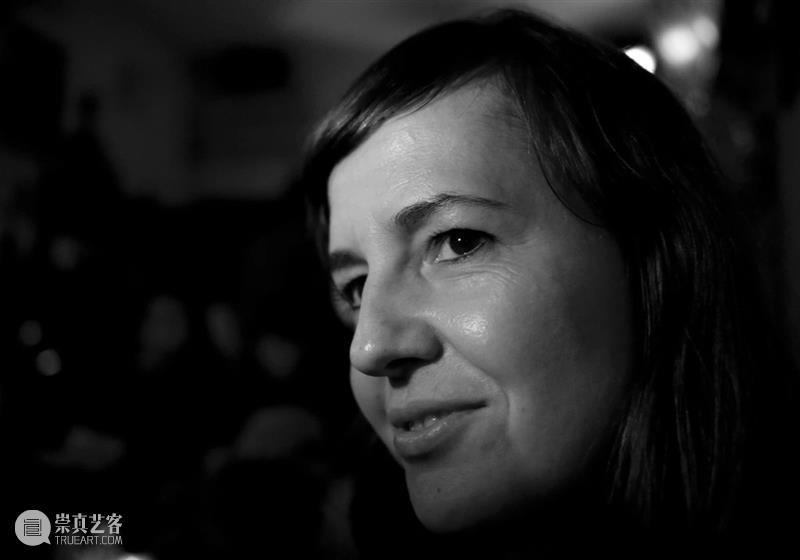
Scroll Down for English
康书雅博士是四川大学的副研究员,她研究中国古典美学理论与文学,以及这种美学理论对中国当代文化政治经济的影响。她曾在加州大学圣克鲁斯分校攻读哲学学士学位,跟随David C. Hoy教授学习意识史,跟随Robert Goff教授学习宗教哲学。她在四川大学攻读中国古典文学硕士学位,师从先秦专家刘黎明教授,读博士时师从宋代文学和文字禅专家周裕锴教授。她主要发表地域美学方面的文章,关注中国西南地区。她即将出版的一书将探索文化如何铺设新丝绸之路(即 “一带一路”倡议),讨论新丝绸之路沿线六十多个国家和地区的文化艺术基础设施的政治经济。
1. 你和《Yishu》的故事是什么?你是什么时候开始为《Yishu》写作的?
2010年,我坐在四川成都一环路外的一家咖啡馆里。不知道为什么,那天我鼓起勇气向《Yishu》推介成都行为艺术。朱罡是上世纪90年代“719艺术家联盟”和“水的保卫者”成员之一,他刚刚完成了新作品《关键尺》(the Crucial Inch),就在西三环仁和百货商店前的喷泉旁。我想分享正在发生的事,华睿思(Keith Wallace)对此很感兴趣。华睿思把我介绍给了迈涯(Maya Kosvkaya),她多年来一直在写有关中国行为艺术家的文章,包括719非正式“领袖”戴光郁,以及水的保卫者(Keepers)行为艺术团体。尽管戴光郁于2004年离开成都前往北京,成都的行为艺术现象持续活跃,新一代艺术家一直在进行行为创作,华睿思很希望能有一个新的“实地”报道者。因此,从那时起,我开始写关于成都的文章,并逐渐成长为一名写作者。非常感谢《Yishu》优秀的同行评审编辑部。这是我的荣幸。
2. 你在《Yishu》中发表过几篇文章?主要写作的内容是什么?
我在《Yishu》上发表了8篇文章,都是关于中国西南地区的当代艺术。我以纵向研究(deep hang research)角度切入成都当代先锋艺术,报道了2010年到2016年非常活跃的四个成都行为艺术群体。后来,随着成都在国际艺术市场上的声望越来越高,越来越多的外国艺术家出现在现场,我写了一些关于这对当地艺术生态的作用和影响。现在,随着中国文化政策“一带一路”的第五通“民心相通”(People-to-people connections)在中国西南地区的艺术基础设施和文化遗产进行投资,我们看到文化地理的转变。我很高兴能成为这些转变的一部分,而且,我很喜欢为《Yishu》展开关于这些现状的讨论。
3. 你为什么会选择《Yishu》平台?你觉得《Yishu》杂志的特点是什么?它有哪些特质是不同于其他杂志的?
有一天,我在华盛顿州贝灵汉一家巴诺书店(Barnes and Nobles)里,爱上了《Yishu》的封面, 因此我花了17美元买下它,每篇文章我都很喜欢。在一年内,我就开始为《Yishu》写稿。我喜欢它对新锐作家的重视。
4.跟《Yishu》杂志编辑部合作沟通的过程是什么样子的?
好问题。正如我在上面的第一个回答所提到的,我很享受在《Yishu》同行评审编辑部的指导下成长为一名写作者的过程。缜密的评论和高效的过程,让工作变成一种自在又协作的感觉。
5. 你的研究方向是什么?你最近在研究什么?
我这段时间正在关注中国文化政治经济学(cultural political economy),以及此种联系将如何越过中国的边界延伸到整个新丝绸之路地区,以中国西南部为研究对象,看能否把此地域作为模版,将中华文化“走出去(Going Out)”。我正与帕尔格雷夫/麦克米伦出版社(Palgrave/MacMillan)合作出版一本书(计划于2021年出版),名为《文化铺就新丝绸之路》(Culture Pave the New Silk Roads)。
6. 2002年《Yishu》创刊号向当时的有影响力的艺术实践者提了一系列问题。借第100期出版之际,我们想把这些问题提给你:你怎样看待中国艺术文化现状?中国的艺术和文化对您来说意味着什么?中国的艺术和文化对你来说是什么?“中国”对你来说意味着什么?
我对中国现在的艺术和文化状况持乐观态度。我怎么强调都不为过,了解中国当代艺术的地域性有多么重要,譬如中国西南部就有自己的中国当代艺术学传统。
对我而言,中国的艺术和文化包括对中国古典思想和美学细致的研究,从先秦时期开始,翻阅一些正史及地方志。这个问题很宽泛,但我想指出研究中国艺术和文化对未来地缘文化发展的重要性。
我认为华睿思前几天晚上在Zoom上为中间美术馆所做的演讲说得非常好,他提出了一个问题:“什么是中国?”如果我们必须使用二元对立的思维的话,我宁愿用”中华和非中华 (sinitic/non-sinitic)”的二元论,这跟“东方和西方”或“中国和西方”比起来更准确一些。[1]
7. 你认为目前艺术评论的现状如何?
我认为人们需要一直筛选糟粕,且重视文化空间的快速转移。寻找有实质内容的作家很困难,但这样做是非常值得的。中国艺术评论家需要有更多的平台来吸引说英语的观众,这样中国当代艺术的一些宏大叙事才能受到挑战,以获得包容性和审美多样性。
8. 借用华睿思在第一百期向写作者进行的提问:“在过去的二十年里,中国当代艺术在艺术生产和运作机制方面有些什么发展/变化?”,请问您对这个问题有什么想法?
在过去二三十年中,中国当代艺术最重要的发展是:中国哲学语境下生态美学理论的逐渐形成。在中国,从行为艺术到新媒体、口语、实验影像和声音,各种形式的现场艺术都在发展。很多作品都在概念上被划定,却没有被艺术市场追踪到。
[1] 编者注:中间美术馆的展览“从艺术到Yishu,从Yishu到艺术”(2020.12.19-2021.5.9)主持了一系列三场Zoom对谈,分别邀请了创始人郑胜天、创刊主编林荫庭(2002-2004)和主编华睿思(2004-2020)分享他们与《Yishu》杂志的渊源。其中在第三场对谈中发生在2021年1月23日,华睿思的讲座标题为“什么中国?”。
过往线上对谈回顾:
欢迎关注我们的Youtube频道(Inside-Out Art Museum, Beijing),观看我们的对谈回放
Dr. Sophia Kidd is Associate Research Fellow at Sichuan University, where she researches classical Chinese aesthetic theory and literature; as well as the implications of this aesthetic theory on China's contemporary political economy of culture. She read for her B.A. in Philosophy at University of California: Santa Cruz where she studied History of Consciousness with Prof. David C. Hoy and Philosophy of Religion with Prof. Robert Goff. Her M.A. in Classical Chinese Literature at Sichuan University was studied under Pre-Qin specialist Prof. Liu Liming, and her Ph.D. was read under Prof. Zhou Yukai, specialist in Song Dynasty literature and Chan poetry. She publishes mainly on regional aesthetics, focusing on Southwest China. Her upcoming book on how culture paves the New Silk Roads(also known as the One Belt One Road or Belt and Road Initiative)discusses political economies of culture and arts infrastructure in the sixty-plus nations and territories along the New Silk Roads.
1. What is your story with Yishu journal? When did you start writing for Yishu?
I was sitting in a cafe, 2010, just outside the First Ring Road South in Chengdu, Sichuan in 2010. For some reason that was the day I got up the nerve to pitch Yishu on Chengdu performance art. Zhu Gang, one of the 1990's 719 Artists Alliance and Keepers of the Water, had just done a new work, The Crucial Inch, the night before at sunset next to a fountain in front of Renhe Department Store on Third Ring Road West. I wanted to share what was going on, and Keith Wallace was interested. Keith hooked me up with Maya Kosvkaya, who had been writing for years about Chinese performance artists including Dai Guangyu, unofficial “leader” of 719 and Keepers performance art collectives. Even though Dai Guangyu left Chengdu for Beijing in 2004, new generations of artists in Chengdu were actively making performances. Keith wanted someone new “on the ground,” reporting on the scene, so I've been writing about Chengdu since then, and have grown as a writer. Many thanks to Yishu's excellent peer-review editorial department. It's been an honor.
2. How many articles have you published in Yishu? What are they about?
I've published 8 articles with Yishu. They're all about contemporary art in Southwest China. I started out with 'deep hang' research, just reporting on the four Chengdu performance art collectives highly active from 2010 through 2016. Later, as Chengdu grew more prestigious in the international art market, and more foreign actors appeared on the scene, I wrote about what this does for and to the local art ecology. Now, as China's cultural policy for the New Silk Roads's fifth pillar, “People-to-people connections (民心相通),” invests in arts infrastructure and cultural heritage in Southwest China, we see a shift in cultural geography. It's exciting to be a part of these transformations, and, again, I've loved writing about these phenomena and issues for Yishu.
3. Why do you choose to write for Yishu? In what ways do you think Yishu distinguishes itself from other art journals? What is particularistic about Yishu?
I fell in love with the physical format of Yishu one day in Bellingham, WA at a Barnes and Nobles. I paid the US $17 for it and devoured every article. Within a year, I was writing for Yishu. I love its emphasis on new and emerging writers.
4. What is it like to work with Yishu’s editors?
Great question. As I mentioned in my first answer above, I have thoroughly enjoyed growing as a writer under the direction of Yishu’s peer-review editorial department. Thoughtful comments and efficient process conveyed a sense of ease and collaboration.
5. What is your research area? What have you been working on recently?
These days I'm writing about the political economy of culture in China, and how this will extend past China's borders throughout the New Silk Road regions. I'm just bringing out a book with Palgrave/MacMillan (forthcoming 2021), Culture Paves the New Silk Roads.
6. The inaugurating issue of Yishu in 2002 posed a series of questions to prominent art practitioners in Chinese contemporary art. Now that Yishu has arrived at its milestone of 100 issues, we’d like to pose some of these questions to you: What are your thoughts regarding the situation of art and culture in China today? What does Chinese art and culture mean to you? What does “China” mean to you?
I'm optimistic about the situation of art and culture in China today. I can't emphasize enough how important it is to gain a sense of the regional nature of Chinese contemporary art, to understand that Southwest China, for example, has its own historiography of Chinese contemporary art.
Chinese art and culture, for me, include rigorous study of classical Chinese thought and aesthetics, beginning with the pre-Qin periods, looking at all the dynastic histories and local Gazeteers. This question is broad, but I'll just point out how important the study of Chinese art and culture is for the future of geocultural development.
I think Keith Wallace put it really well on Zoom the other night in his talk for Inside-Out Art Museum, when he raised the question, “What China?” I would prefer to use the binary “Sinitic and non-Sinitic,” really, rather than “East and West,” or “China and the West,” I mean, if we have to use binaries.[1]
7. What are your thoughts regarding the situation of art criticism today?
Well, I think one has always had to sift through the dross and pay attention to rapid shifts in cultural spaces. It's hard to find writers of substance, but incredibly rewarding when one does. There needs to be more of a platform for Chinese art critics to engage English-speaking audiences, so that some of the grand narratives of contemporary Chinese art can be challenged in the interest of inclusivity and aesthetic diversity.
8. Keith Wallace has posed a question in the 100th edition of Yishu, and we’d like to pose the same question to you: What are the most significant developments that have taken place in contemporary Chinese art in the past two decades in terms of the art produced and systems it functions within?
I think that, ultimately, the most important development in contemporary Chinese art over the past twenty to thirty years will be the development of eco-aesthetic theory in a Chinese philosophical context. This is definitely being developed in various forms of live art in China, from performance art to new media, spoken word, experimental video and experimental sound. So much is being conceptually delimited in these works while being untracked by the art market.
[1] Editors’ note: Exhibition From Art to Yishu, From Yishu to Art (2020.12.19-2021.5.9) at the Inside-Out Art Museum held a series of three conversations, inviting Yishu’s Founding Manager Zheng Shengtian, Founding Editor-in-Chief (2002-2004) Ken Lum, and Editor-in-Chief (2004-2020) Keith Wallace to share their experience in and of Yishu through Zoom. In the third conversation, Keith Wallace gave a talk entitled “What China?” on January 23, 2021.
The Journey to Becoming Yishu’s Writer #1: Stephanie Bailey
The Journey to Becoming Yishu’s Writer #2: Julie Chun
Past Online Talks:
Zheng Shengtian: The Story of Yishu
Ken Lum: Reflections on China 1984-2000
Video Recordings Are Available on Our Youtube Channel:
采访策划 Interview Planning:
刘语丝,黄文珑 Liu Yusi, Huang Wenlong
采访翻译 Interview Translation:
倪嘉 Ninjia
文字校对 Proof-reading:
刘千,刘语丝,张理耕,黄文珑
Liu Qian, Liu Yusi, Zhang Ligeng, Huang Wenlong
微信排版 Post Editing:
刘千 Liu Qian
展览视觉设计:
Onion
正在展出:
欢迎订阅 YouTube 线上讲座回放
Subscribe to Our Online Talks Replay




已展示全部
更多功能等你开启...









 分享
分享